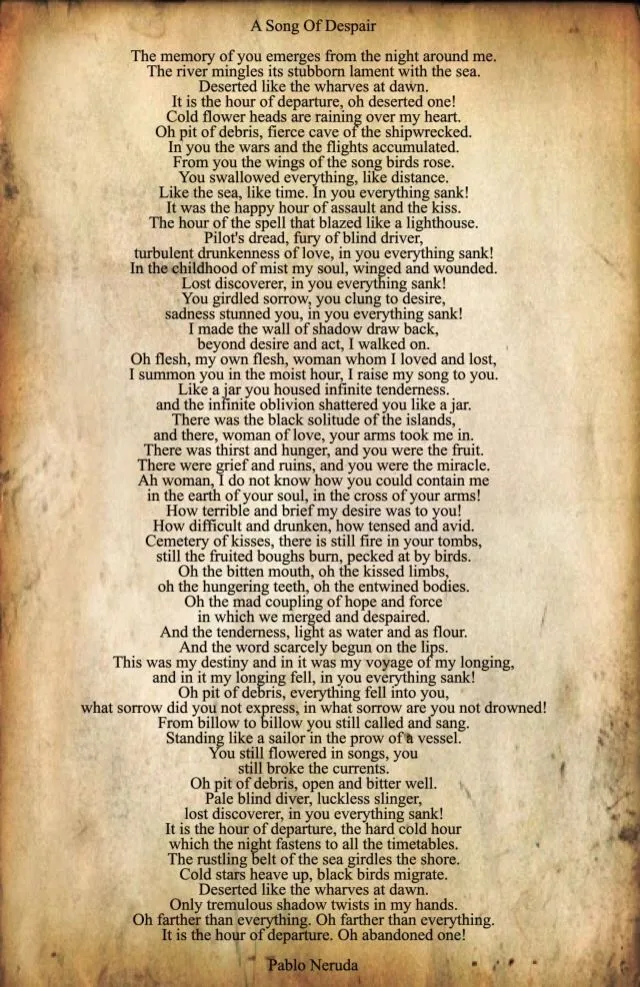Transcreation
mar 24 2023
When we translate something, the message in the target language must be the same as the message in the original language, or, if this is not completely possible, it must be very close to it.
Sometimes this is easy, such as with the translation of an instruction manual. However, it can be extremely difficult, as with the translation of a poem, which transcends the normal function required of a translator and becomes tantamount to the work of a literary artist.

Between these two extremes, a range of different kinds of texts pose various levels of difficulty for the translator. Considering business stuff, the greatest difficulty resides primarily in marketing material, among which taglines are particularly hard to translate.
…
These are examples showing how difficult a tagline translation can be:
Have a break. Have a KitKat.
As in poetry, copywriters like to use alliteration to create memorable slogans. However, it’s a peculiarity of the English language that the verb “have” can be used to mean “take a break” as well as “eat a KitKat”. When translating this to another language, there is little chance that the translator will be able to use the same verb for both parts.
Harley Davidson. All for freedom. Freedom for all
This example is much alike the previous one. The word “all” is taken at first glance to mean “everybody,” but the slogan gains more depth from the fact that it can also be understood as “everything”, creating a double meaning in the first part of the phrase. It is nearly impossible to recreate this in another language. The translator would have to choose which of the two meanings is most important, or central to the message, making for a less interesting slogan.
LG — Life´s Good
In this example, a sentence was created by using the letters of the brand name of the company. It would be hardly possible to create the same message using these letters in any other language.
The three above taglines were not translated to Portuguese here in Brazil. The companies decided to use them in English.
There are also taglines that allow for a direct, almost literal translation, even when they are quite creative. This is an example:
Red Bull gives you wings
In this case, the metaphorical meaning of “giving a person wings” is exactly the same when translated, for example, to Portuguese. In Brazil, this tagline was translated quite literally to “Red Bull te dá asas”, working perfectly.
…
The above examples show the complexity involved in translating marketing text. You can say these short messages are extreme cases. However, in the marketing business, this kind of difficulty is almost ubiquitous.
Take, for example, a pre-sale brochure. The objective of that type of marketing piece goes beyond the simple transmission of ideas; the text is there to convince the reader to make a decision (generally, to buy something).

The same thing is true of institutional messages, such as a mission statement, conceived to create a favorable impression of the brand in the mind of the reader.
When a client asks a translator or a translation agency to translate this kind of material, they may make it clear that they don’t want a simple, straight translation, where the original message is faithfully reproduced in the target language. Instead, they may expect that the translation provider will be able to understand the effect that the text is supposed to have on the reader and create a text in the target language that will have the same effect. This service has a name in the international translation market: “transcreation”, made from the combination of the words “translation” and “creation”.
…
— And how can I evaluate whether or not the translation will be able to meet the objective of transcreation?
There are no safe criteria. The better way to decide is to review the portfolios of the translation agencies or the resumes of the translators, ask for examples of previous jobs in this area, and then make your choice.
— In commercial terms, what is the main difference between translation and transcreation?
Take a guess: the price. Transcreation is a more expensive service than translation. However, marketing executives who decide to purchase transcreation services evaluate the difference in cost and conclude that the return on the investment will be greater than the increased cost for the service.

After all, business decisions must be taken based on numbers.

Marcos Chiquetto is an engineer, Physics teacher, translator, and writer. He is the director of LatinLanguages, a Brazilian translation agency specialized in providing multilingual companies with translation into Portuguese and Spanish.




